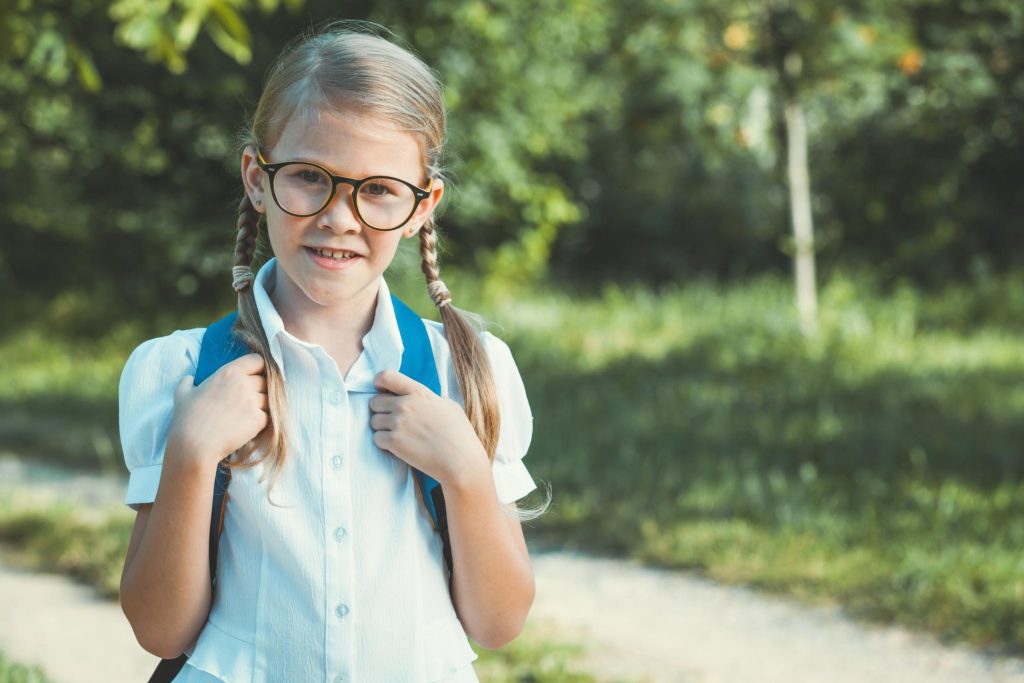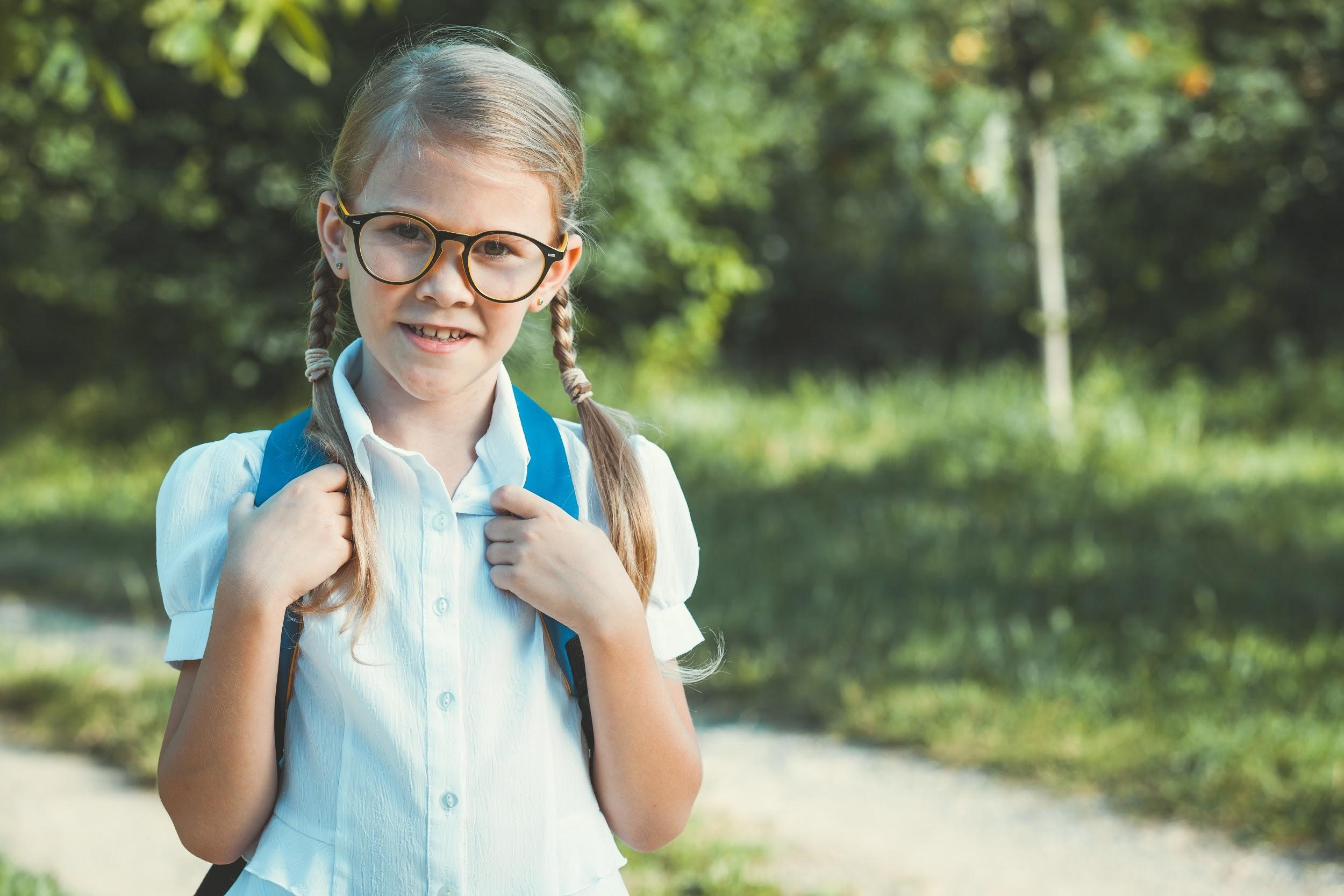3 Tips to Ensure You Choose the Best Eyewear for Your Kids

August brings exciting times for parents and children as the new school year comes around. With it comes the purchasing of all the essentials for the year: backpacks, pencils, notebooks and importantly, glasses. It can be hard to find the time to pick out a new pair in the chaos of school starting with hundreds to choose from, but it’s important to take the time to do so. In this article we will discuss 3 tips that will help you ensure that you pick the best eyewear for your kids.
- Look for something they’ll want to wear
Some children feel self-conscious the first time they wear glasses, so picking a modern and attractive style for your child is important. Having a cool pair of glasses will make them more eager to wear them. Photochromic lenses, lenses that adjust to the sunlight, can also excite a child about glasses who was unsure before.
The thickness of the lens is also something to consider when thinking of the right pair of glasses for your child. If the prescription is strong, it is likely that the lenses will be thick, so a thin frame is recommended to ensure peripheral vision isn’t impaired. A thin frame would also help the lenses appear less thick.
2. Look for something that is comfortable to wear
The way glasses fit on a child is important because if they aren’t comfortable, they aren’t going to want to wear them. The bridge fit and temple style are the two main things that affect weather a pair of glasses are comfortable.
The difficulty with children and bridge fit is that their noses aren’t fully developed, so the frames often slide down. Metal frames are a good option as they are made with adjustable nose pads to fit everyone, and many plastic frames are manufactured to fit small noses.
Temples that wrap around the back of the ear will also keep the glasses from sliding down your child’s face. These cable temples are usually found on metal frames.
3. Look for something that will last
Because kids live such an active lifestyle, finding a pair of glasses that are going to last is important. Two factors that affect the last of glasses are spring hinges and lens material. Spring hinges allow the glasses to be more flexible which helps avoid the need for frequent adjustments and repairs.
The lens material is also something to consider. Both polycarbonate and Trivex are the recommended lens materials for children’s glasses as they are much more impact-resistant than other materials. Not only are they more impact-resistant, but they also are much lighter and protect against damaging UV rays, all with a comparable cost to other materials.
The first day of school is something children look forward to for weeks before the day actually comes, and they deserve to be rocking a pair of glasses that they love to see the day clearly. By using these three tips, your child will have a comfortable pair of glasses that they’ll be able to play in and will be excited to wear.





No Comments